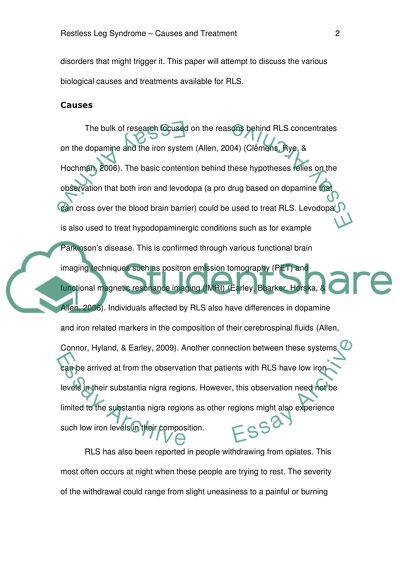Cite this document
(“Restless Legs Syndrome Research Paper Example | Topics and Well Written Essays - 1000 words”, n.d.)
Retrieved from https://studentshare.org/health-sciences-medicine/1452480-sensorimotor-disorder
Retrieved from https://studentshare.org/health-sciences-medicine/1452480-sensorimotor-disorder
(Restless Legs Syndrome Research Paper Example | Topics and Well Written Essays - 1000 Words)
https://studentshare.org/health-sciences-medicine/1452480-sensorimotor-disorder.
https://studentshare.org/health-sciences-medicine/1452480-sensorimotor-disorder.
“Restless Legs Syndrome Research Paper Example | Topics and Well Written Essays - 1000 Words”, n.d. https://studentshare.org/health-sciences-medicine/1452480-sensorimotor-disorder.


